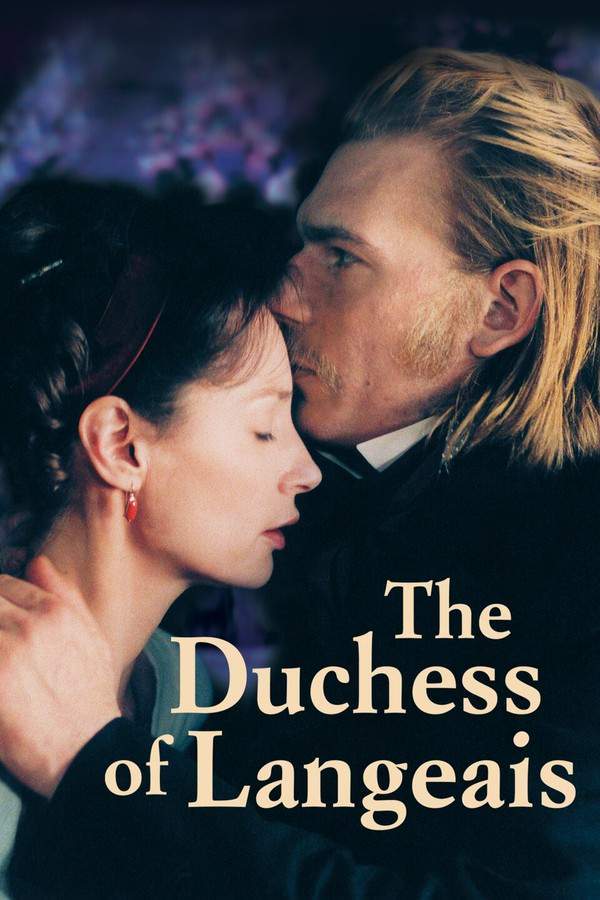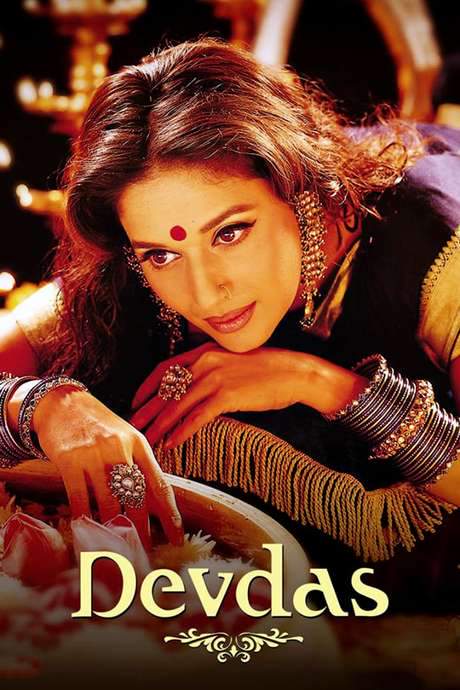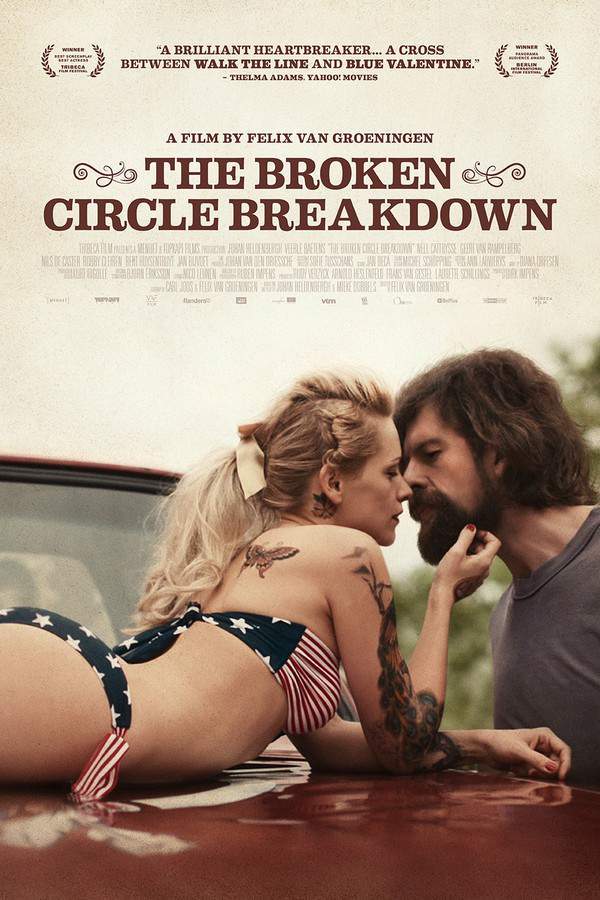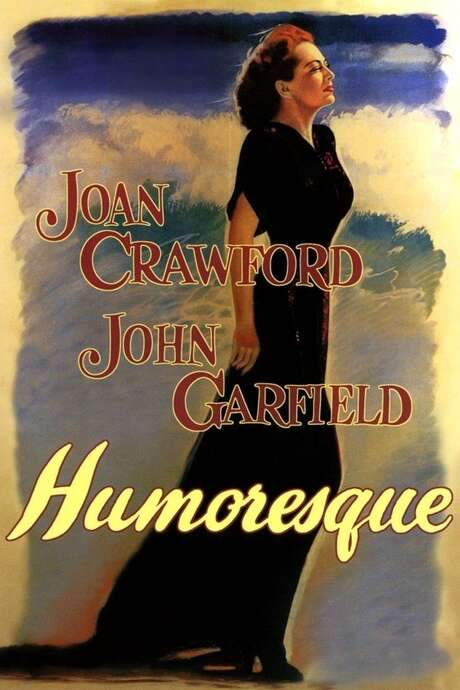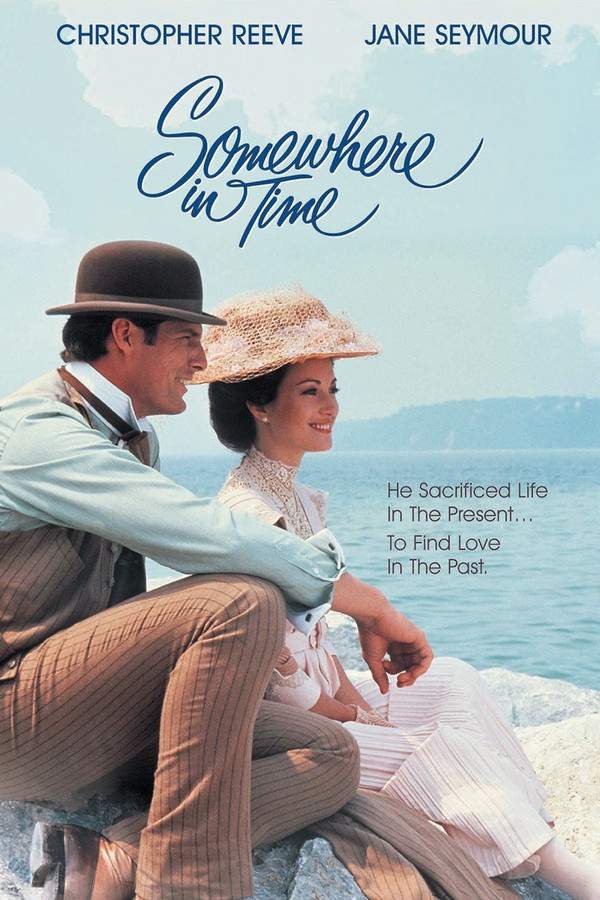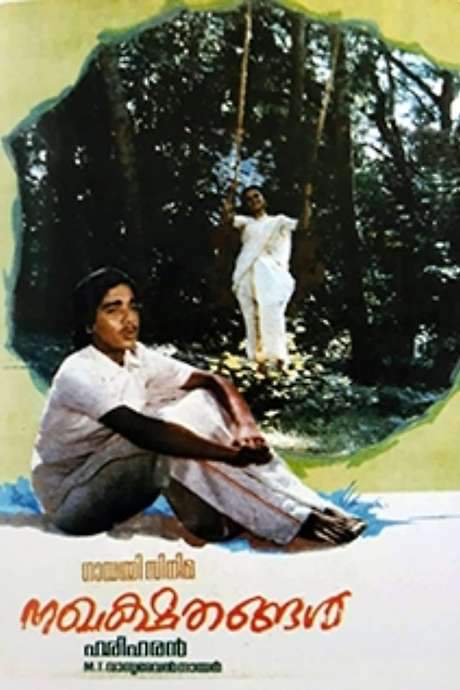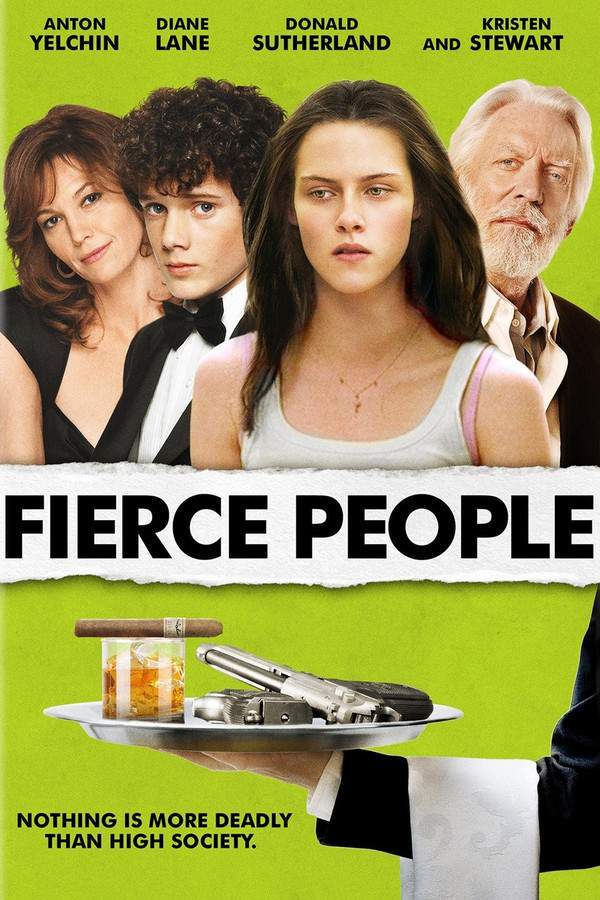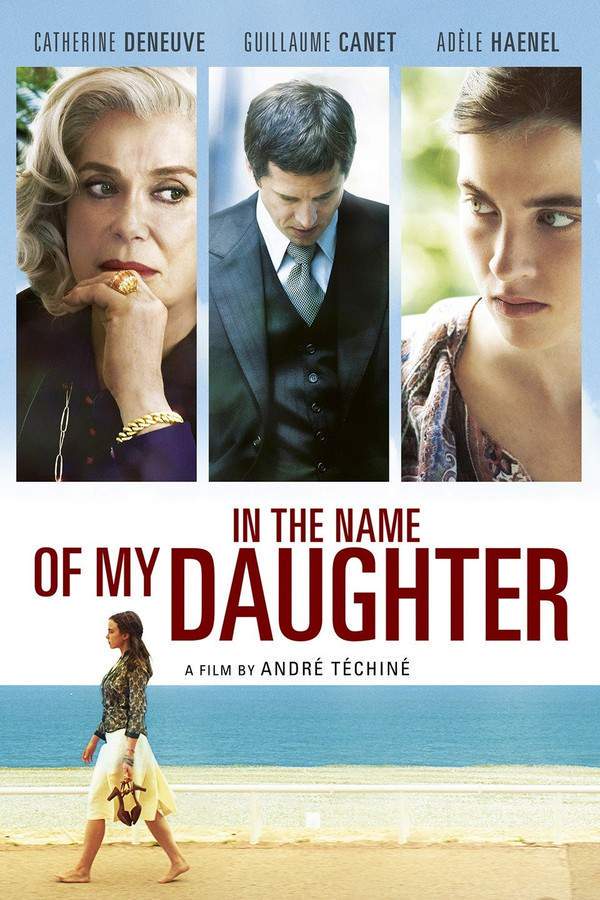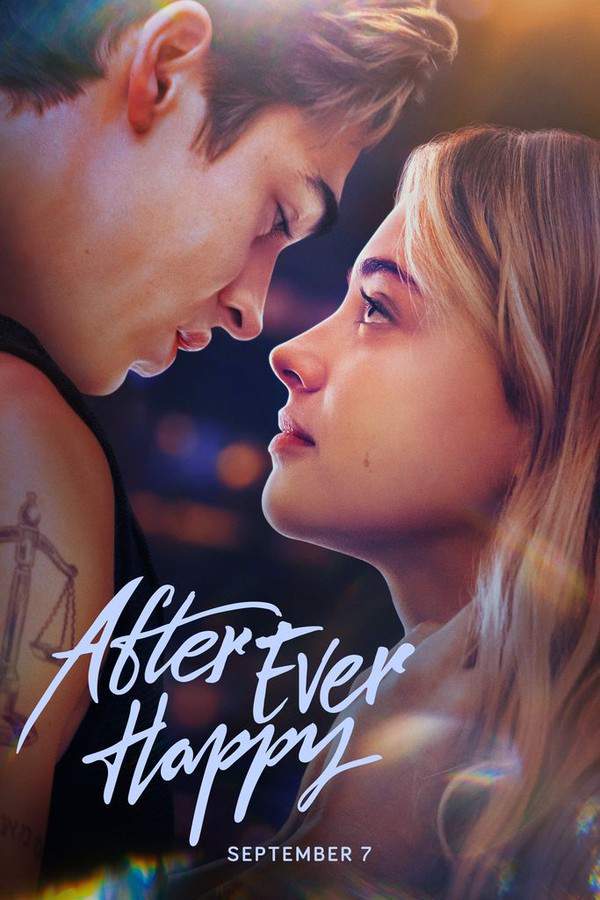
Maro Charitra
Year: 2010
Runtime: 145 mins
Language: Telugu
Director: Ravi Yadav
Marō Charitra (2010) is a Telugu remake of the 1978 classic starring Varun Sandesh and newcomer Anita. Produced by Dil Raju and directed by Ravi Yadav, story and dialogues by K. Bala Chandar and Umarji Anuradha. Music by Mickey J. Meyer, score by Thaman. Released 25 March 2010; the film received negative reviews and was a box‑office flop.
Warning: spoilers below!
Haven’t seen Maro Charitra yet? This summary contains major spoilers. Bookmark the page, watch the movie, and come back for the full breakdown. If you're ready, scroll on and relive the story!
Maro Charitra (2010) – Full Plot Summary & Ending Explained
Read the complete plot breakdown of Maro Charitra (2010), including all key story events, major twists, and the ending explained in detail. Discover what really happened—and what it all means.
Baloo, Varun Sandesh, is a carefree Tamil man who returns to his hometown of Visakhapatnam after quitting a job, while Swapna, Shraddha Das, is a Telugu college student living just next door. The two neighbors come from markedly different backgrounds and struggle to speak each other’s language, yet the spark between them is undeniable. The story opens with an old, crumbling building near a beautiful Vizag beach, its walls crisscrossed with names that seem to seal a secret history. Among the markings, Baloo and Swapna’s names stand out, foreshadowing a romance that crosses cultural borders and family loyalties.
Baloo is lighthearted and spontaneous, and his easygoing nature clashes with an orthodox Tamilian father who is perpetually at odds with the Telugu-speaking neighbors. Swapna’s family is warm and protective, especially her father and mother, who watch over her with a mix of pride and concern. Their first real connection begins with a chance encounter: Swapna, feeling followed by a sleazy bookstore clerk, notices Baloo jogging, and the two exchange a one-sided but hopeful conversation. Baloo’s inability to understand Telugu is a playful barrier that soon becomes a bridge as Swapna grows intrigued by his kindness. She even sends him a thoughtful gift—a ceremonial mask inscribed with her name—after he shows himself to be a genuine friend, and Baloo, charmed and curious, becomes determined to learn more about her world.
Despite their families’ conflicts and the language gap, the couple falls deeply in love and discovers the sweetness and naivety of first love. Their early romance is marked by innocent adventures and shared moments, from beach walks to quiet conversations that reveal each other’s hopes and dreams. A painful misunderstanding tests their bond when Baloo mistakenly kisses Swapna, leaving her hurt and angry. He struggles to make her understand his feelings, while Swapna withdraws, only to be moved by Baloo’s quiet persistence. The turning point arrives when Swapna awakens to Baloo’s devotion, signaling her forgiveness by turning her room light on and off in a shy, loving acknowledgment. The couple’s world broadens as they explore Goa’s beaches, forts, and waterfalls, savoring moments of private joy even as their families watch with wary eyes.
Yet the world intrudes again when Swapna’s father discovers Baloo’s presence in her life and the lovers are chastised. The families draw closer but insist on control, and a dramatic confrontation leads to a stark ultimatum: Baloo and Swapna must marry, but only if they agree to separate for one year, with no contact or communication. Reluctantly, they accept this cruel test of love. Baloo heads to Hyderabad for work, while Swapna stays in Vizag, both clinging to memory and hope across the distance. Barred from contact, Baloo pours his heart into a daily letter he never sends, and he expands his life by learning Telugu from a kind, widowed mentor named Sandhya, who also teaches him classical dance to help channel his pain.
Swapna, meanwhile, revisits every treasured spot the two shared, and she marks a rocky hillside by the beach with their names as a lasting monument to their bond. Her mother destroys the cassette of Baloo’s songs and burns his photo, attempting to erase their history, while Swapna fills the walls of her room with Baloo’s name as a stubborn testament to their love. A trip to Mangalore with Swapna’s college group introduces new tensions: Chakram, Swapna’s cousin, is pressed by her mother to consider marriage to him, creating confusion and suspicion. Baloo, who happens to be in Mangalore for a job, follows Swapna to her hotel and, after a mix-up with Chakram’s lie that he and Swapna are married, Baloo’s heart fractures anew. He misreads the situation in a moment of distress and, believing Swapna might be unfaithful, agrees to marry Sandhya.
Sandhya discovers Baloo’s letters and the truth behind his heartbreak, and she courageously travels to Vizag to confront Swapna. Seeing the depth of their genuine love, Sandhya sacrifices her own happiness to unite the couple. Her act, however, triggers a tragic ripple: Sandhya’s older brother, furious at what he perceives as Baloo’s abandonment of his sister, contacts a criminal associate in Vizag to “take care” of Baloo. As Baloo returns to the city to reunite with Swapna on the beach, a plan spirals into violence. The lecherous bookstore clerk attacks Swapna, who is then left fighting for her life; she falls from a balcony while trying to escape him and is raped as Baloo arrives too late to save her. He is badly injured in the ensuing chaos, and, confronted with a future that seems irreparably broken, the two lovers choose to face their fate together. In a final, heart-wrenching moment of shared despair, they rise above the edge of a cliff and leap together, a symbol of doomed, pure, and all-consuming love that neither family nor fate could sever.
The film closes on a note that lingers with the ache of love tested by culture, circumstance, and violence, leaving the audience with a stark meditation on what it means to belong, to fight for someone, and to choose at last between duty and desire. This is a story of contrast—between neighbors, languages, and worlds—and of the stubborn, luminous power of love that endures even when all seems lost.
Last Updated: October 09, 2025 at 17:01
Explore Movie Threads
Discover curated groups of movies connected by mood, themes, and story style. Browse collections built around emotion, atmosphere, and narrative focus to easily find films that match what you feel like watching right now.
Tragedy-Bound Romances like Maro Charitra
Love stories where fate and outside forces conspire to ensure a heartbreaking end.For viewers seeking movies like Maro Charitra that explore the painful beauty of doomed love. This list features similar romance dramas where cultural barriers, family conflict, or tragic fate lead to a deeply melancholic and heavy-hearted conclusion.
Narrative Summary
The narrative arc in these films typically follows a clear path from innocent, hopeful love to escalating external pressures, culminating in an irreversible, tragic outcome. The story is structured to build a sense of impending doom, making the emotional weight of the conclusion all the more powerful.
Why These Movies?
Movies are grouped here for their shared core: a romance defined by its fatalistic trajectory. They deliver a specific, intense emotional experience centered on longing, sacrifice, and the inevitability of a sad ending, creating a cohesive and deeply moving viewing pattern.
Culturally Charged Melodramas like Maro Charitra
Intense personal dramas where love and identity collide with strict cultural traditions.If you liked the intense family conflict and cultural barriers in Maro Charitra, explore these similar dramas. Discover movies where romance or personal dreams are tested against deep-seated traditions, creating stories filled with high emotional stakes and heavy themes.
Narrative Summary
These narratives often begin with a connection that defies social norms, leading to escalating conflict with family or community figures. The plot revolves around the struggle between personal happiness and cultural loyalty, frequently involving themes of honor, tradition, and the painful cost of defiance.
Why These Movies?
These films are united by their exploration of how cultural identity and family duty create intense, emotionally heavy conflicts for the characters. They share a specific vibe of high-stakes drama rooted in real-world social tensions, resulting in a consistently powerful and sobering experience.
Unlock the Full Story of Maro Charitra
Don't stop at just watching — explore Maro Charitra in full detail. From the complete plot summary and scene-by-scene timeline to character breakdowns, thematic analysis, and a deep dive into the ending — every page helps you truly understand what Maro Charitra is all about. Plus, discover what's next after the movie.
Maro Charitra Timeline
Track the full timeline of Maro Charitra with every major event arranged chronologically. Perfect for decoding non-linear storytelling, flashbacks, or parallel narratives with a clear scene-by-scene breakdown.

Characters, Settings & Themes in Maro Charitra
Discover the characters, locations, and core themes that shape Maro Charitra. Get insights into symbolic elements, setting significance, and deeper narrative meaning — ideal for thematic analysis and movie breakdowns.

Maro Charitra Spoiler-Free Summary
Get a quick, spoiler-free overview of Maro Charitra that covers the main plot points and key details without revealing any major twists or spoilers. Perfect for those who want to know what to expect before diving in.

More About Maro Charitra
Visit What's After the Movie to explore more about Maro Charitra: box office results, cast and crew info, production details, post-credit scenes, and external links — all in one place for movie fans and researchers.




